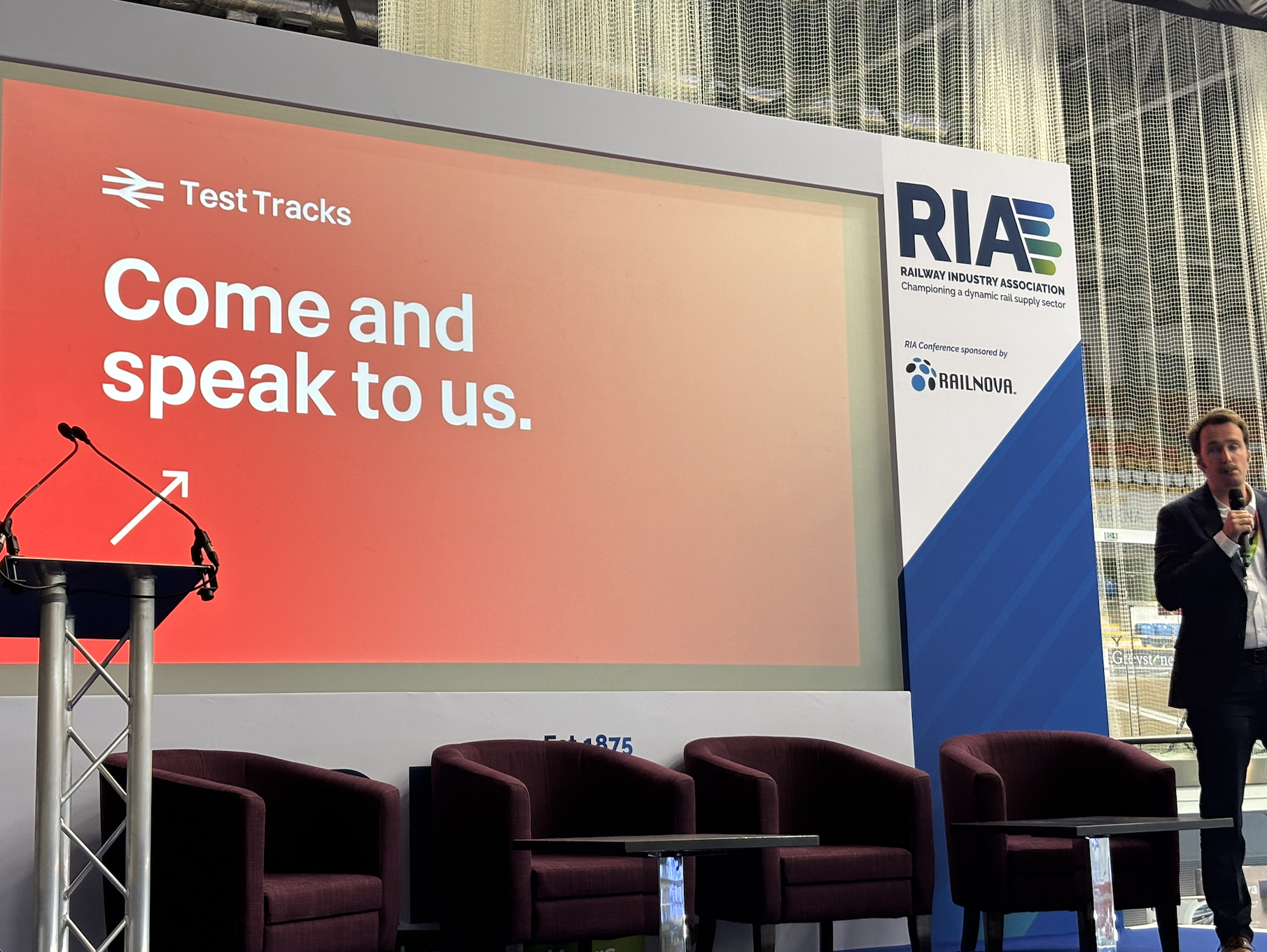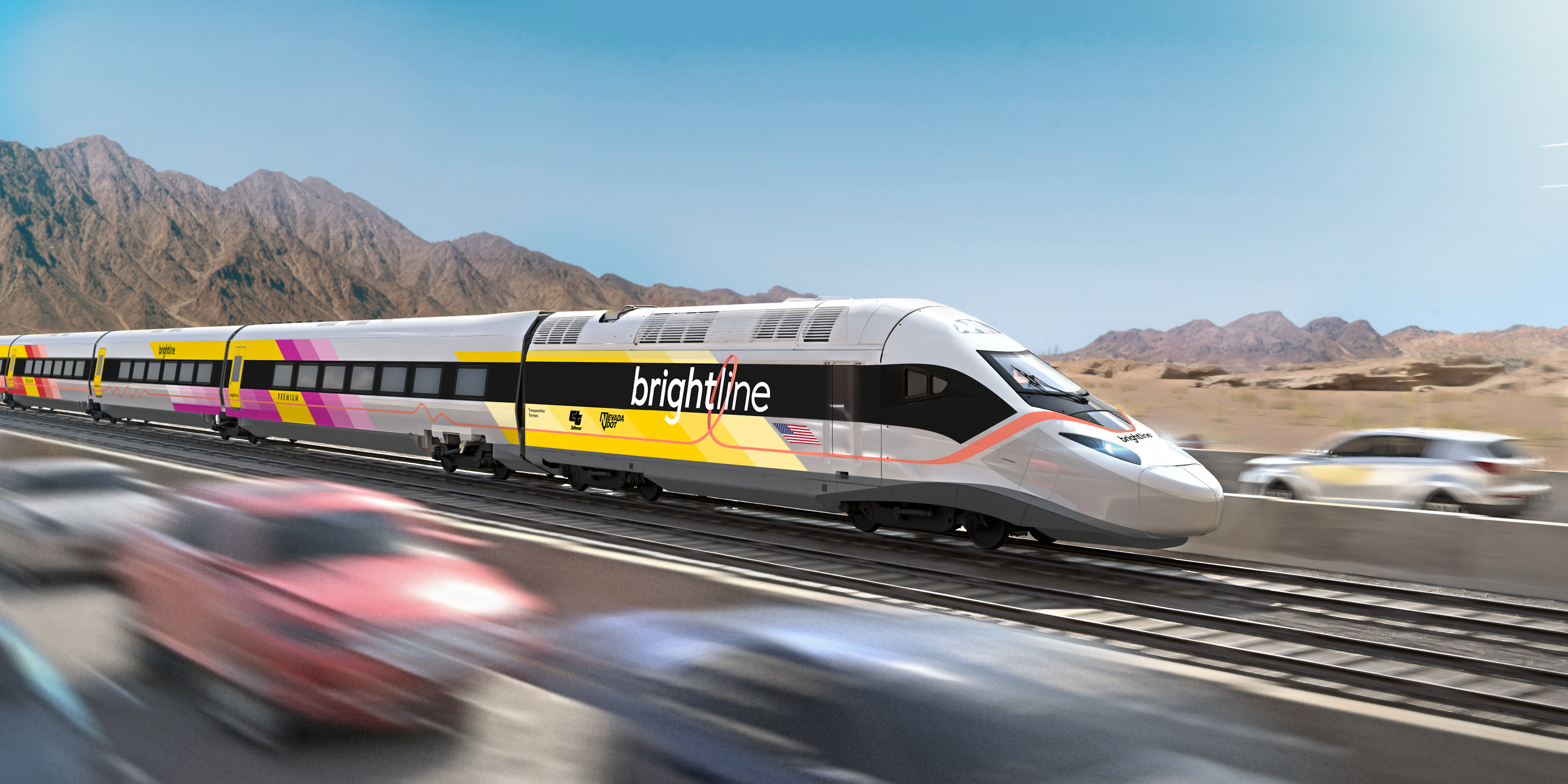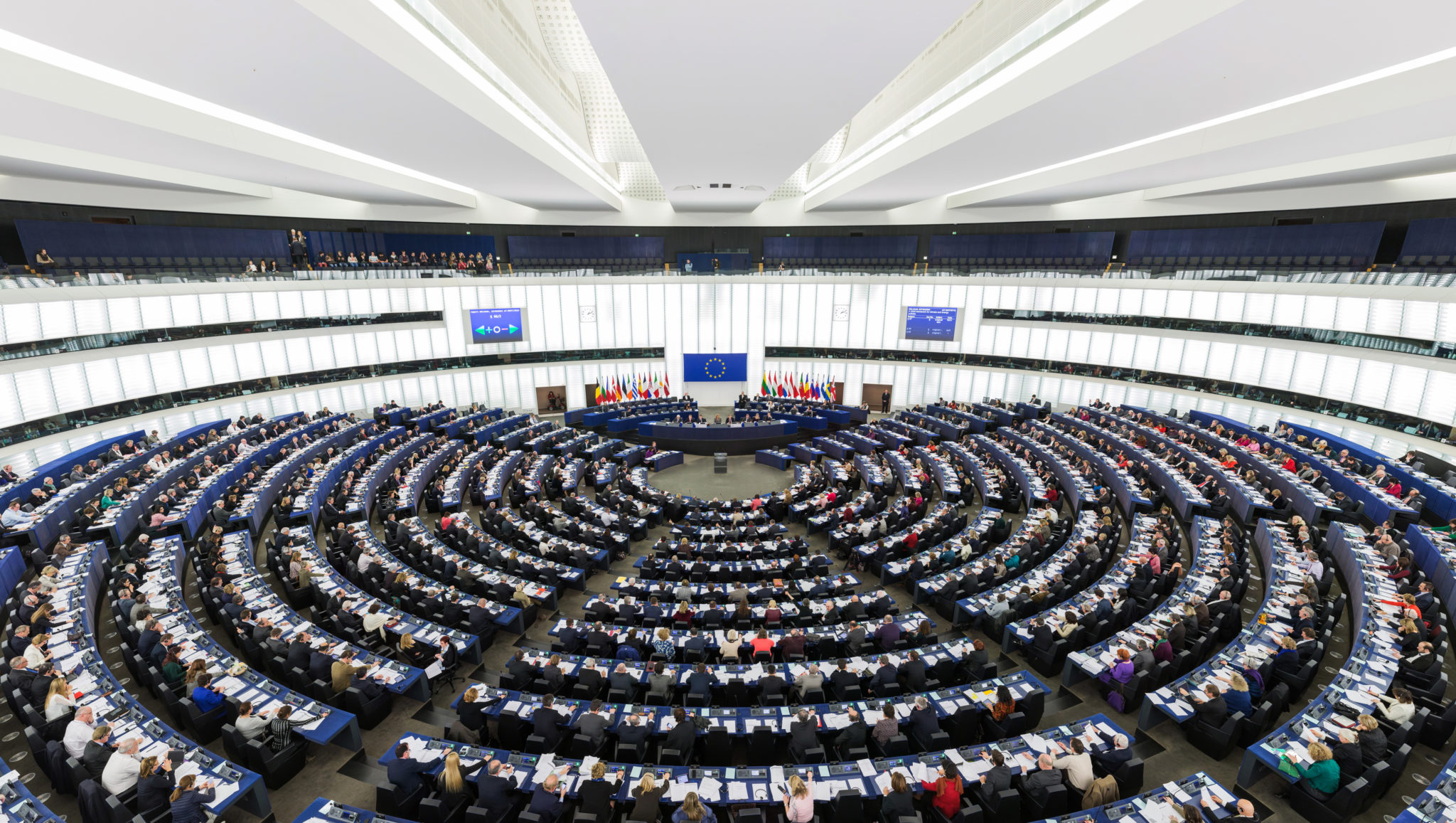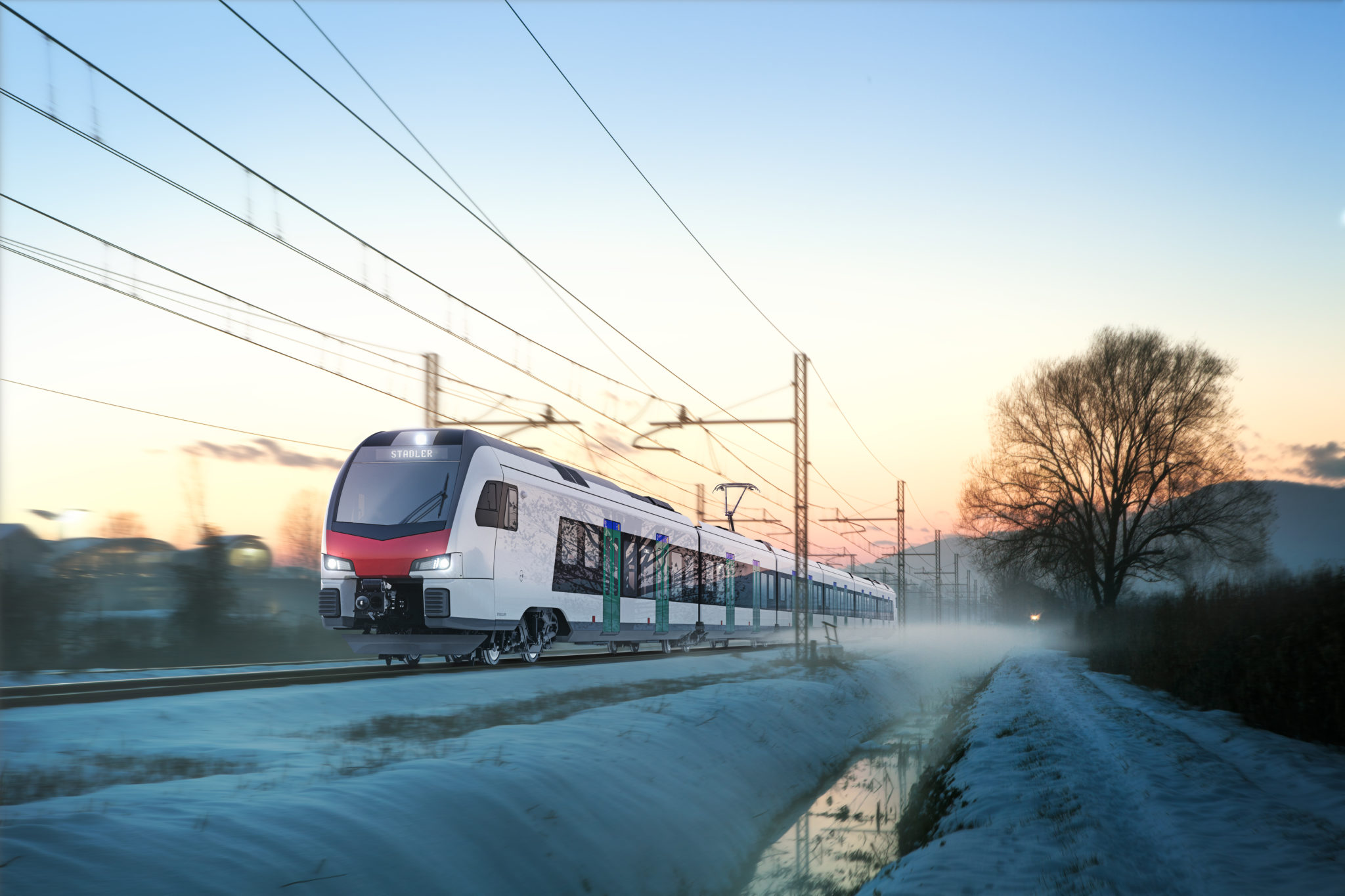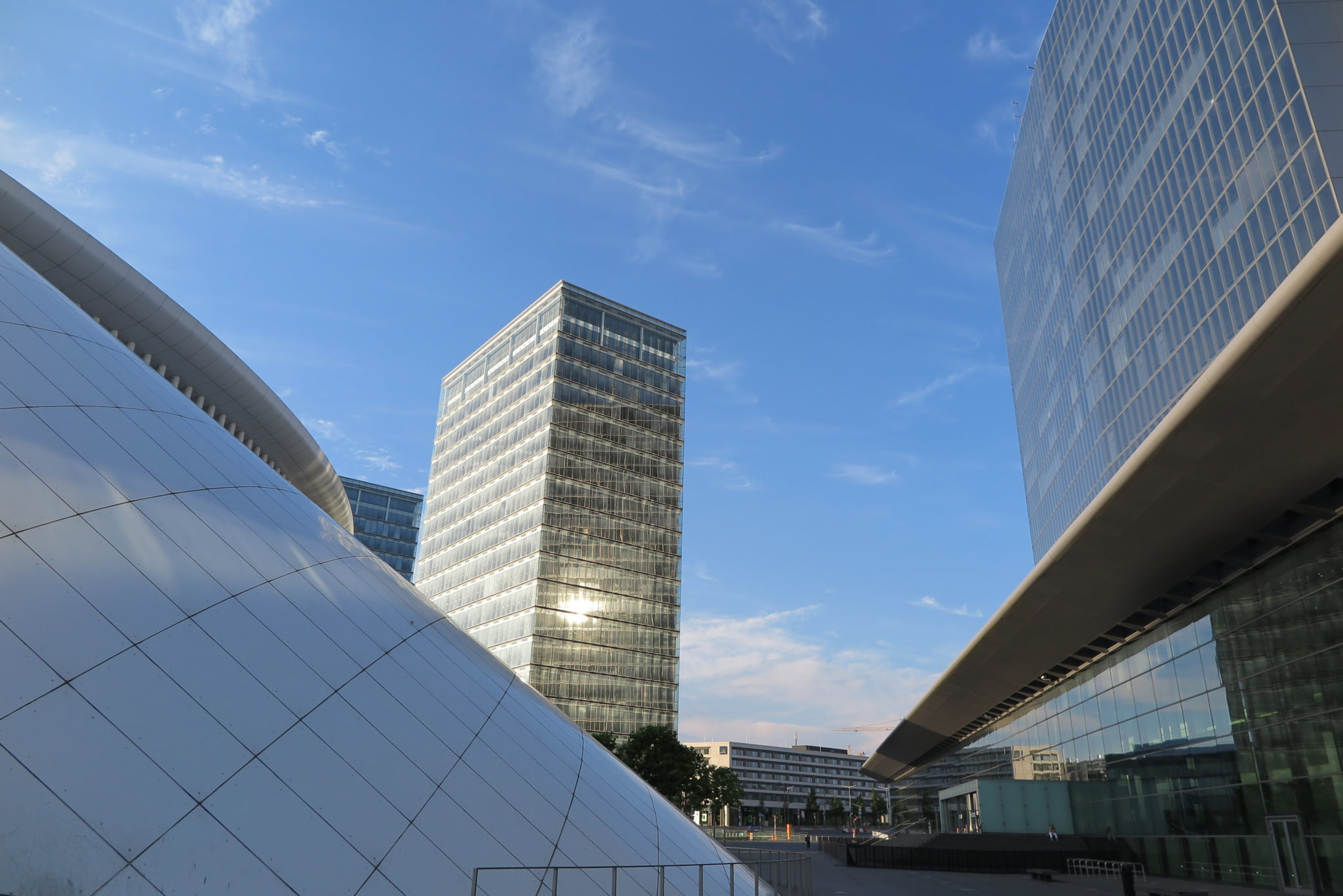The Graz Declaration was endorsed by all Transport and Environment Ministers from EU Member States on 30 October 2018. Its focus on transport, climate change and sustainable growth makes it one of the most significant initiatives of the Austrian Presidency of the European Council. The proposed “Green Deal” for Europe calls for collective responsibility to ensure sustainable management of a multi-modal transport network. In this article Tommaso Spanevello, Public Affairs Manager for the Association of the European Rail Industry (UNIFE), tells Railway-News what the declaration means for the future of passenger and freight rail in the EU:

The need for a strategic, holistic policy approach, as stressed in the Graz Declaration, is well acknowledged by rail manufacturers and suppliers in Europe. Through the work within the Sustainable Transport Committee (STC) at UNIFE – the Association representing the European rail supply industry in Brussels – rail manufacturers and suppliers push for a comprehensive pathway towards clean, safe, accessible and affordable mobility, simultaneously strengthening innovation, competitiveness and social inclusion in Europe.
The Graz Declaration comes at a time when several initiatives – either at EU or global level – are being carried out tackling climate change-related issues and the sector which is most dangerously contributing to it: namely the transport sector. In this regard, a landmark step had been taken with the Paris Agreement (“COP21”), which entered into force in November 2016 – much earlier than predicted. COP21 created a new global framework for the fight against climate change and increased the ambition through its legally binding provisions. At EU-level, the 2030 climate and energy framework – currently taking shape – has re-affirmed Europe’s commitment to implementing energy efficiency first, to putting consumers at the centre and cementing Europe’s leadership in renewable energy, all while reducing CO2 and boosting competitiveness and growth. Finally, looking beyond 2030, the EU has just outlined its 2050 long-term climate strategy for greenhouse gases emissions reduction – as presented on 28 November this year in the Communication “A Clean Planet for all – A European strategic long-term vision for a prosperous,modern, competitive and climate neutral economy”.
Granted, the decarbonisation of transport remains key in order for all those initiatives to be successful in their final objective. As a matter of fact, transport represents almost a quarter of Europe’s greenhouse gas emissions, and it is the only sector failing to reach the objective of CO2-emission reduction. Therefore, the importance of a new clean mobility paradigm, and the consequent decarbonisation of transport, has become fundamental for any ambitious political agenda. Climate change is happening and without further global action to mitigate it, temperatures would rise within this century well beyond 2° Celsius compared to pre-industrial times. This will have major impacts on our economies and societies.

The crucial role of rail in climate-related ambitions
Against this backdrop, the role of rail in driving the actions enshrined in the Graz Declaration, notably in relation to transport decarbonisation’s policies, assumes a crucial relevance. Provided that GHG emissions from transport are growing faster than any other sector, rail stands out as the exception – it is the only mode which has reduced its emissions while increasing passenger and freight volumes. Accordingly, energy-efficient low-emission rail appears as the solution to address the current emissions gap compared to the ambition for 60% GHG reduction target by 2050 for transport, as set in the 2011 Transport White Paper.
The ability of rail to combine energy efficient mobility is well demonstrated by figures. According to the EU Transport in figures statistical pocketbook and Eurostat energy data, rail’s specific energy consumption is six times lower than road – due to physical advantages such as lower rolling and air resistance. The leading performance of rail in terms of GHG emissions is also documented by the European Environmental Agency’s indicator, showing that travelling by rail is 9 times less CO2 intensive compared to road for freight and air for passengers.
As the Graz Declaration calls for the promotion of the electromobility to respond to electrification needs in all modes of transport, it should be underlined that more than half of rail infrastructure in Europe is electrified and 4 trains out of 5 (namely 80 % of traffic), are already running on electricity. In addition, when it comes to urban areas, rail-bound solutions (i.e. metros and trams) run almost exclusively on electricity already.
More specifically, according to the International Energy Agency, 40% of the electricity mix used by railways in Europe is low-carbon, and electricity from renewable sources supplied to railway sector reached more than 20% in 2015. This is already beyond the EU’s 2030 renewable energy target for transport and the rail sector CO2 footprint will decrease even further thanks to the growing share of electricity generated by renewables.
Furthermore, synergies between the energy and transport sectors are key to foster efficient, electrified mobility. Rail is in the ideal position to build these links and exploit their potential to the maximum. Arguably, train operators are amongst the biggest electricity consumers in Europe and the electricity sector, simultaneously, can benefit from large and flexible consumers to integrate more renewables.
The Graz Declaration has highlighted how sustainable transport for people and goods represents one of the major challenges that our societies must face, in Europe and beyond. Granted, in the green and multimodal mobility paradigm of the future, rail – through its interconnectivity with other low-carbon modes – shall be the backbone of sustainable mobility both for urban, suburban and medium/long-distance transport. Rail will also be key to tackle upcoming mega-trends such as increasing urbanisation, reduction of available land as well as the ageing of the population.
Taking the cue from the European Commission’s 2050 long-term climate strategy mentioned above, the European rail supply industry has lately presented its new vision on how rail will be key in achieving the objectives on the greenhouse gases emissions reductions. Notably, with the new Position Paper – jointly written with other associations representing the rail sector in Brussels –the European rail supply industry aims at being part of the future climate-related debates and contributing decisively to the decisions which will be taken.
How research and innovation will improve the overall sustainability of rail
The European rail supply industry fully acknowledges the significance of research and innovation (R&I) in fostering the shift towards a clean transport sector – an engagement demonstrated by the commitment of our industry to continuously invest in R&I. Through constant improvement of rail’s performance in terms of energy efficiency and life-cycle cost of its components, and by boosting rail’s technological advancement, R&I investments will contribute in a significant way to the strategy of greenhouse gases emissions reduction.
For the rail sector the breakthrough was the establishment of the Shift2Rail Joint Undertaking Programme four years ago. Shift2Rail JU has brought continuity, stability, consistency and a long-term horizon to research and innovation efforts in the rail sector, engaging the whole innovation ecosystem – the supply industry, operators, infrastructure managers and academia across Member States. The European rail supply industry is strongly persuaded that this collaborative research model shall be continued within the next Research and Innovation Framework Programme, Horizon Europe, for the period 2021–2027.
Accordingly, a clear objective of the rail sector’s research and innovation commitments is the decreasing of energy consumption in all railway applications, a key factor in order to keep rail the most environmentally friendly transport mode. The FINE1 Project, developed in the framework of the Shift2Rail JU, can be mentioned as a good example of R&I contributing in a decisive way to the railways’ decarbonisation objectives. Specifically, the FINE1 project aims to reduce the operational costs of railways by reducing the energy use of rail vehicles. This will lead to reduced greenhouse gas emissions, also with most rail transport powered with electricity. Further, reducing energy use will lower the life-cycle cost and the costs of vehicle operation..
The European rail sector has set its long-term R&I objectives in the‘’Rail 2050 Vision” document by the European Rail Research Advisory Council (ERRAC) and is fully committed in contributing to a resource-efficient, climate change-resilient economy and society – protecting and sustainably managing natural resources and ecosystems.

















